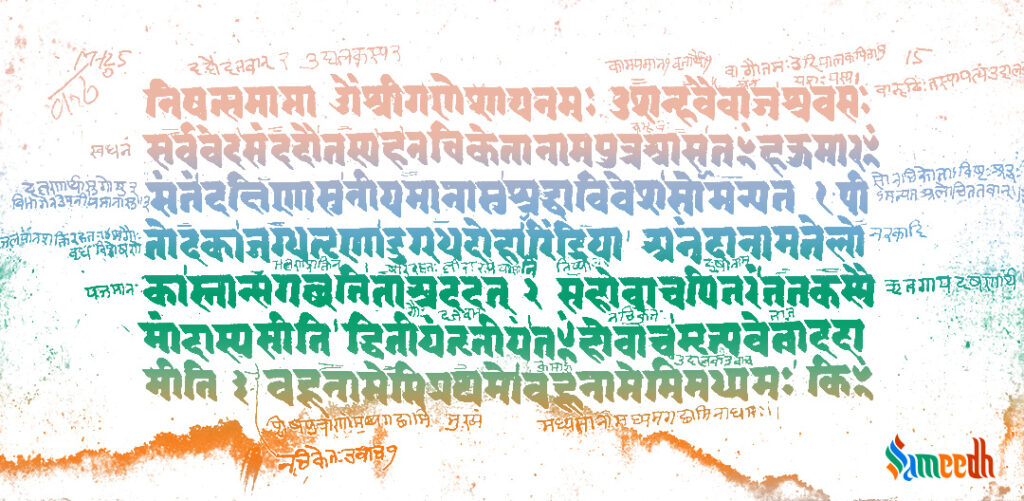The Katha Upanishad, or Kathopanishad, is a mukhya (basic) Upanishad found in the last eight brief parts of the Krishna Yajurveda’s Katha school.
The Upanishads are intellectual and religious treatises. They are the culmination of the Vedic revelation. They reflect Brahman’s knowledge (Brahma-Vidya). What is the nature of this world? Who am I, exactly? What happens to me after I die? – In these Upanishads, such questions are posed and answered. The Upanishads’ central theme is the nature of the world and God. The Upanishads’ main content consists of philosophical musings. Their material is anti-ritualistic in spirit. The Upanishads are the most well-known of all Vedic literature, and their different concepts, interpreted in numerous ways, influenced Hinduism’s later traditions. Vedanta is a term used to refer to the Upanishads. Vedanta has been translated as “the last chapters, sections of the Veda,” as well as “the highest goal of the Veda.” The goal of all Upanishads is to “guide the reader towards” understanding the nature of Atman (self). Despite the fact that the subject matter of most of the Upanishads is nearly identical, each Upanishad has its own distinct thought or ideas as well as its own technique of inquiry. The Katha Upanishad, or Kathopanishad, is a mukhya (basic) Upanishad found in the last eight brief parts of the Krishna Yajurveda’s Katha school. It is also known as the Khaka Upanishad and is the third of the 108 Upanishads in the Muktika canon.

Image by Sarah Welch
The History Of Kathopanishad
Katha Upanishad’s dating is disputed, but it is thought to belong to the later poetry of Upanishads, which date from the 5th to 1st centuries BCE. The Kathopanishad is a significant ancient Sanskrit corpus of the Vedanta sub-schools, as well as an influential ruti to Hinduism’s various schools. It posits the existence of “Atman (Self),” offers the precept “seek Self-knowledge, which is Highest Bliss,” and elaborates on this assumption, as do the other Hindu Upanishads. The Upanishad contrasts Hinduism with Buddhism’s argument that “Soul, Self does not exist,” as well as Buddhism’s precept that one should seek “Emptiness (nyat), which is Highest Bliss.” The Katha Upanishad’s comprehensive teachings have been variously interpreted as Dvaita (dualistic) and Advaita (non-dualistic) (non-dualistic). It’s one of the most studied Upanishads. In the 17th century, the Katha Upanishad was translated into Persian, and copies were subsequently translated into Latin and spread throughout Europe. Other philosophers liked it, including Arthur Schopenhauer, Edwin Arnold, and Ralph Waldo Emerson, who attributed Katha Upanishad for the core story at the end of his essay Immortality, as well as his poem “Brahma.”
The Story Of Kathopanishad
Katha is also the name of a sage who is credited with founding a branch of the Krishna Yajur-Veda, as well as a female disciple or follower of Katha’s Yajurveda school. There are two chapters (Adhyyas) in the Katha Upanishad, each divided into three portions (Vallis). The first Adhyaya is thought to have a longer history than the second. The Upanishad tells the account of a young child named Nachiketa, the son of Sage Vajasravasa, who encounters Yama (the deity of death). Their talk progresses to a discussion of man’s nature, knowledge, Atman (Self), and moksha (freedom) (liberation). The words of the Katha Upanishad are symbolically embedded and have various meanings. A word like Katha, for example, literally means “story, legend, talk, speech, tale.” The Katha Upanishad is significant to all of these linked meanings.
